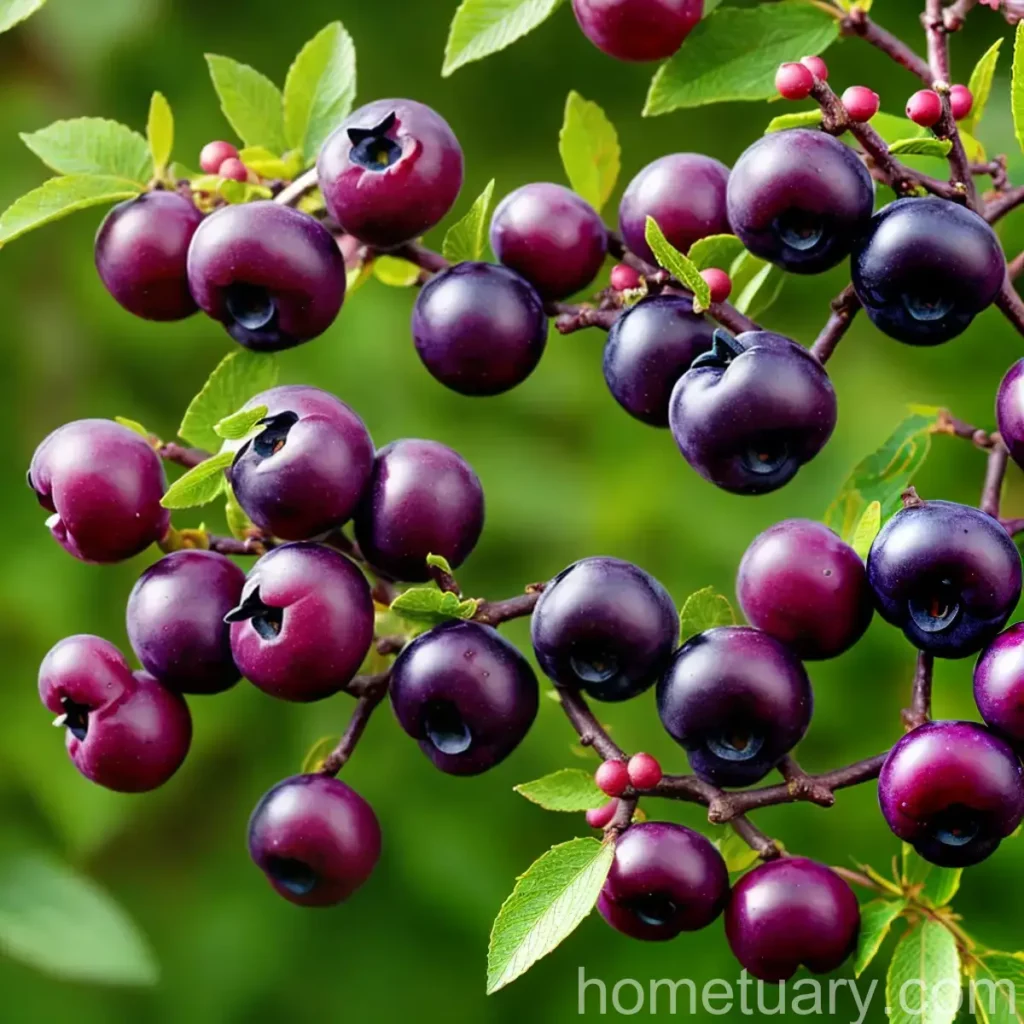Chokeberry (Aronia arbutifolia ‘Brilliantissima’)
Aronia arbutifolia ‘Brilliantissima’, commonly known as chokeberry, is a deciduous shrub that belongs to the Rosaceae family. Its stunning white flowers, dark green foliage, and vibrant red fruits make it a popular choice for landscaping and wildlife habitats. In this comprehensive guide, we will explore the culture, uses, maintenance, and many other aspects of this fascinating plant.
What is a Plant?
Plants are living organisms that belong to the Plantae kingdom. They are multicellular, eukaryotic organisms that have cell walls made of cellulose. Throughout their evolution, plants have adapted to various environments, developing a wide array of physical and reproductive characteristics.
Chokeberry (Aronia arbutifolia ‘Brilliantissima’)
Key Takeaways
- Scientific Name: Aronia arbutifolia ‘Brilliantissima’
- Common Name: Chokeberry
- Plant Family: Rosaceae
Culture
When it comes to the culture of chokeberries, there are several important factors to consider, including water, sunlight, fertilizer, soil, and pruning.
Water
Chokeberries generally prefer moist, well-drained soil. Adequate watering is essential, especially during the establishment phase. Once established, they exhibit good drought tolerance, making them suitable for various environmental conditions.
Sunlight
These plants thrive in full sun to partial shade. In regions with hot summers, providing some afternoon shade can help prevent stress on the plant.
Fertilizer
Fertilization needs for chokeberries are generally low. A balanced, slow-release fertilizer applied in early spring is usually sufficient to support healthy growth and fruit production.
Soil
Chokeberries are adaptable to a wide range of soil types, but they perform best in slightly acidic, organically rich soils. A pH range of 5.0-7.0 is ideal for optimal growth.
Pruning
Pruning is beneficial for maintaining the shape of the shrub and promoting new growth. It is typically done in late winter to early spring before new growth begins.
Uses
Chokeberries have several noteworthy uses, ranging from ornamental purposes to culinary and medicinal applications.
- Ornamental: The striking white flowers and vibrant red fruits make chokeberries a popular choice for ornamental landscaping. They also offer beautiful foliage and exceptional fall color.
- Culinary: The fruits of chokeberries are suitable for making jams, jellies, juices, and even wine. They are rich in antioxidants and offer a unique flavor profile.
- Wildlife Habitat: Chokeberries attract birds and wildlife due to their fruits, making them valuable additions to natural habitats and backyard gardens.
Propagation
Chokeberries can be propagated through seeds, hardwood cuttings, or division. Each method has its own specific requirements and procedures, but overall, chokeberries are relatively easy to propagate.
Container Popularity
Chokeberries can be successfully grown in containers, making them suitable for small gardens, patios, or balconies. They require adequate space for root development, and the container should have good drainage to prevent waterlogging.
Common Diseases
Like any plant, chokeberries are susceptible to certain diseases. Common diseases that may affect chokeberries include leaf spot, powdery mildew, and fire blight. Proper cultural practices and maintaining good air circulation can help prevent these issues.
Disease Diagnosis
Diagnosing plant diseases can be challenging, as many have similar symptoms. However, understanding the specific signs and symptoms of common diseases affecting chokeberries can aid in accurate diagnosis and effective treatment.
Common Pests
Chokeberries may be vulnerable to pests such as aphids, mites, and scale insects. Regular monitoring and proactive pest management strategies can help minimize pest-related damage.
Botanist’s Tips
For optimal growth and health of chokeberries, consider the following botanist’s tips:
- Choose a well-drained, slightly acidic soil for planting.
- Provide adequate water during establishment and dry periods.
- Prune chokeberries regularly to maintain their shape and promote new growth.
- Monitor for pests and diseases, and take prompt action if issues arise.
Fun Facts
- Chokeberries are native to eastern North America.
- The fruits of chokeberries are a rich source of antioxidants.
- The striking fall color of chokeberry foliage adds visual interest to landscapes.
Links to External Resources
For additional information on chokeberries and related topics, explore the following resources:
- USDA Plant Guide: Aronia arbutifolia
- Aronia: A New Crop for Iowa
- Chokeberries: A Native Plant for Your Garden
With its ornamental appeal, culinary potential, and wildlife benefits, Aronia arbutifolia ‘Brilliantissima’ is a versatile plant that can enhance various landscapes and provide valuable resources.















